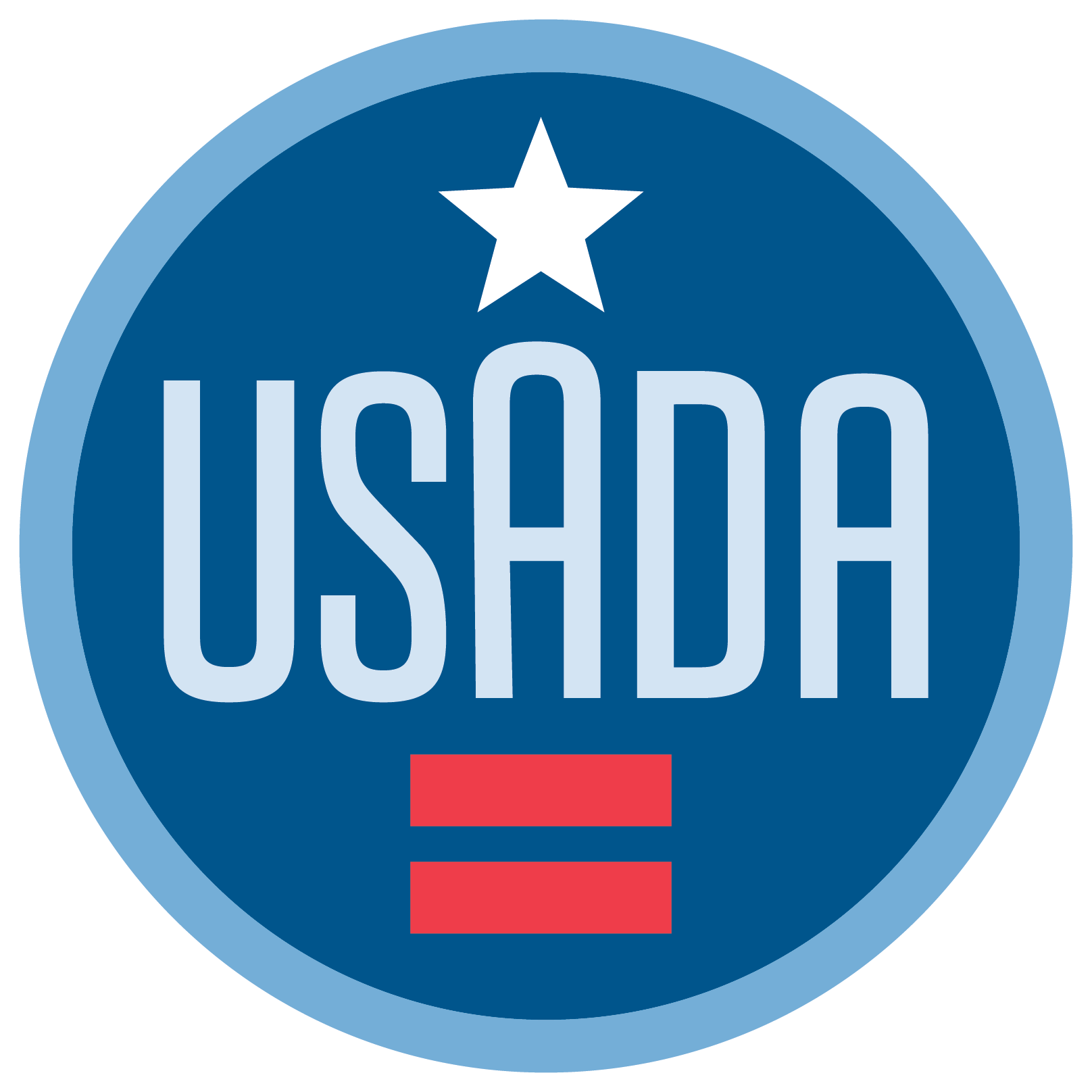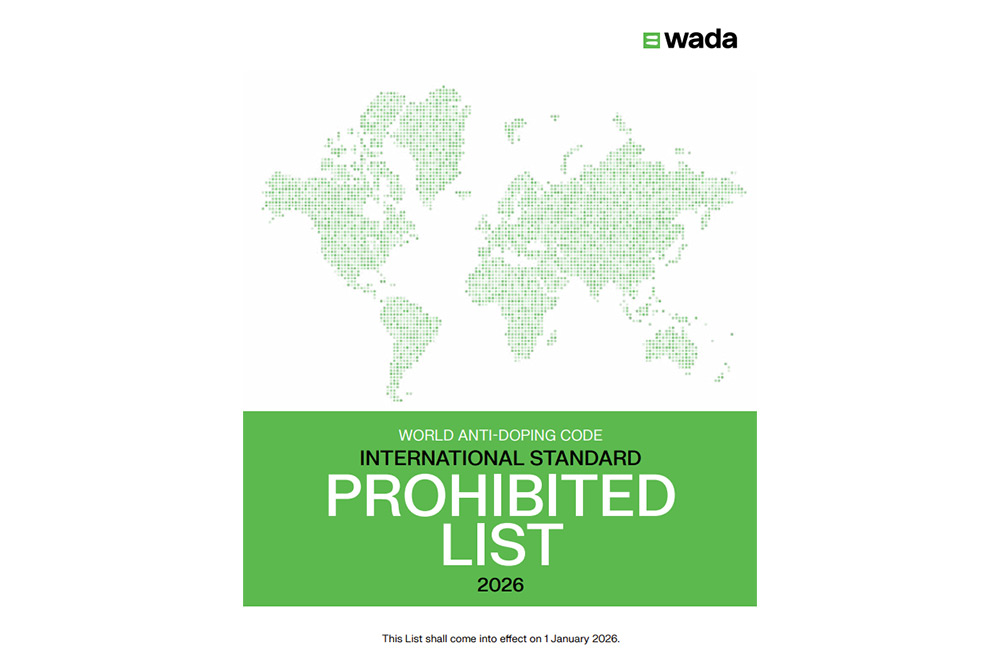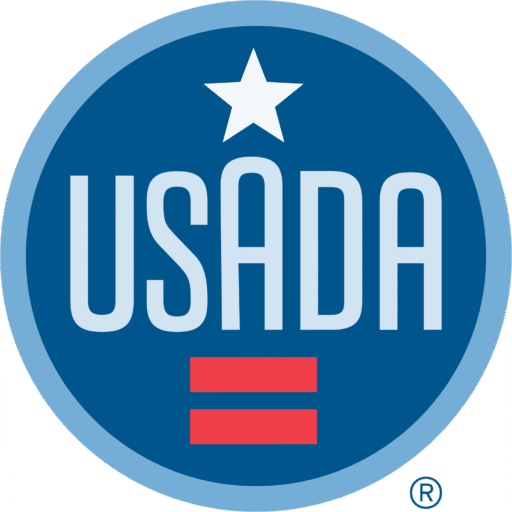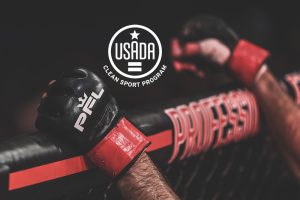Every year, the World Anti-Doping Agency (WADA) publishes an updated Prohibited List. For 2026, there is only one instance where a substance or method changes from permitted to prohibited (see section M.1 below). As usual, the 2026 Prohibited List also includes new examples of prohibited substances and a few clarifications.
It’s important to keep in mind that the WADA Prohibited List is not exhaustive and there could be substances that are not specifically listed but still belong to a category on the Prohibited List. Before taking medications, it is important to check GlobalDRO.com and search by brand name or ingredients for the most up to date anti-doping status information.
It is important to note that under the World Anti-Doping Code, athletes are strictly liable, meaning they are ultimately responsible for what is in their systems. The 2026 Prohibited List and WADA’s explanatory note on the modifications can be found here.
New Examples and Clarifications
S1. Anabolic Agents
WADA clarified that esters of prohibited anabolic agents are prohibited. An ester is a chemical modification that changes how long a drug lasts in the system and influences its behavior in the body. For example, common esters of testosterone include testosterone cypionate or testosterone propionate. WADA has amended the phrase “and other substances with a similar chemical structure or similar biological effect(s) including their esters” in order to clarify this point.
S3. Beta-2 Agonists
The dosing interval of inhaled salmeterol was updated to ensure that it is not used in a performance enhancing way. The total amount of inhaled salmeterol allowed in a 24-hour period is still the same (200 micrograms), but you can’t exceed 100 micrograms in 8 hours. We recommend checking the metered dose carefully so that the permitted inhaled dosage is not exceeded. Beta-2 agonists used by all other routes of administration remain prohibited at all times.
S2. Peptide Hormones, Growth Factors, and Related Substances
Pegmolesatide was added as an example of a new EPO-mimetic agent. It is not currently approved for therapeutic use in the United States, but it is being evaluated to treat anemia in patients with chronic kidney disease. This drug is approved for human use in some other countries.
S4. Hormone and Metabolic Modulators
Two substances that have been found in supplements and products marketed as “research chemicals” have been added to the Prohibited List:
- 2-Phenylbenzo[h]chromen-4-one (e.g. ɑ-naphthoflavone or 7,8-benzoflavone), an aromatase inhibitor
- BAM15 (e.g. 5-N,6-N-bis(2-fluorophenyl)-[1,2,5]oxadiazolo[3,4-b]pyrazine-5,6-diamine), an AMP-activated protein kinase
M.1 Manipulation of Blood and Blood Components
While removing blood or blood components and then putting it back into the circulatory system is still prohibited, WADA has clarified that even the withdrawal of blood or blood components (with or without putting it back in) is also prohibited, except for:
1) Analytical purposes, such as medical tests or Doping Control
2) Donation purposes performed in a collection center accredited by the relevant regulatory authority of the country in which it operates. Athletes who donate blood or plasma should keep records of their donations in case these are required in the future.
Another change in 2026 is that the non-diagnostic use of carbon monoxide (CO) was added as a new section, M 1.4, because it can increase erythropoiesis (red blood cell production) under certain conditions and there are potentially fatal effects when inhaled in high or unregulated doses. The use of carbon monoxide for controlled, diagnostic purposes, such as measurement of total hemoglobin mass by CO rebreathing, or the determination of pulmonary diffusion capacity, is not prohibited.
M.3 Gene and Cell Doping
WADA has added cell components (e.g., nuclei and organelles like mitochondria and ribosomes) to the existing prohibition of using normal or genetically modified cells.
Keep in mind, for cellular components to be prohibited, they have to be performance enhancing, or have the potential to be performance enhancing. Athletes can read more about permitted uses of stem cells or exosomes (which are organelles) on the USADA website.
S6. Stimulants
In the category of S6. Stimulants, 2-[Bis(4-fluorophenyl)methylsulfinyl]acetamide (flmodafinil) and 2-[bis(4-fluorophenyl) methylsulfinyl]-N-hydroxyacetamide (fladrafinil) were added to the S6.A list of non-specified stimulants. These unapproved drugs are potent analogs of modafinil and adrafinil and have been found in dietary supplements or in products marketed as “research only”.
S9. Glucocorticoids
While WADA has published a washout table showing how long it takes for certain glucocorticoids to clear from the system, athletes should be aware that use of sustained-release glucocorticoid formulations may result in detectable levels past the washout period due to prolonged systemic absorption. Therefore, athletes who plan on using a sustained-release preparation close to the in-competition period should keep all medical records in case a retroactive Therapeutic Use Exemption is required.
More questions?
For questions about specific products, substances, and methods, contact USADA’s Drug Reference Line at drugreference@USADA.org or call (719) 785-2000 and follow the prompts. There is also a TUE Pre-Check Form that athletes can submit to get a quick response on whether a TUE is necessary.
—
Prohibited List Consultation Process
USADA continues to advocate for a clear and robust Prohibited List for athletes through its engagement with the WADA List Expert Group and annual stakeholder consultation process.
Comments are always welcome from stakeholders, thus we encourage you to submit comments directly to USADA at any time by email at drugreference@USADA.org.
For more information or media inquiries, email media@usada.org.
